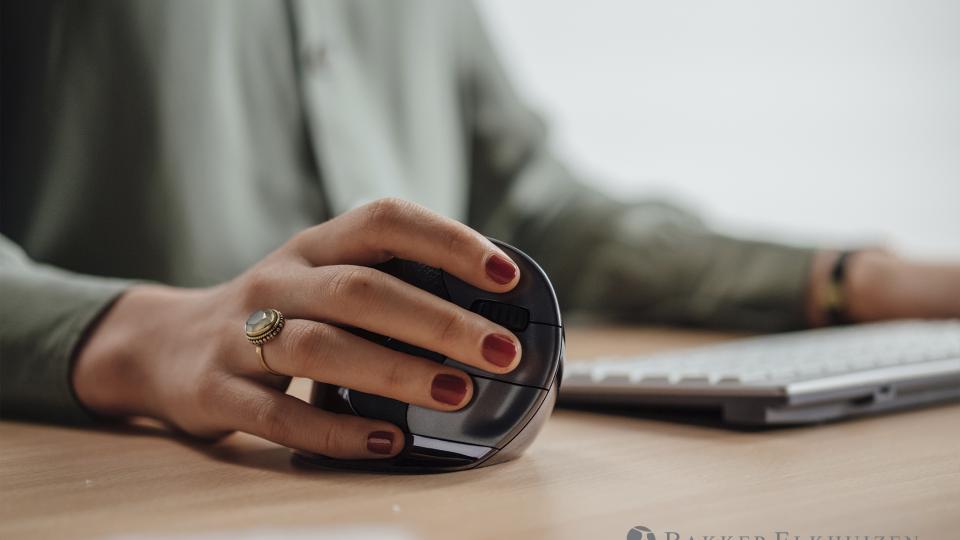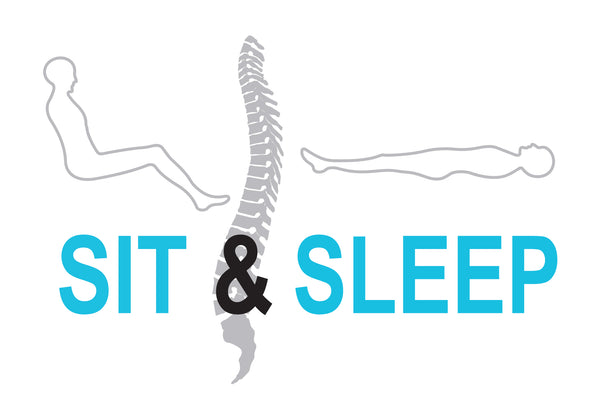
Why an ergonomic mouse?
When you use a regular mouse, your wrist is tilted slightly to the side, upward, and inward. The forearm muscles are responsible for these wrist movements. Prolonged use of these muscles and extreme wrist positions are associated with overuse injuries.










